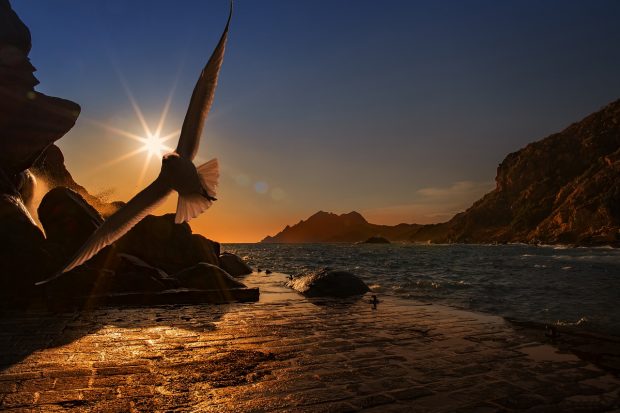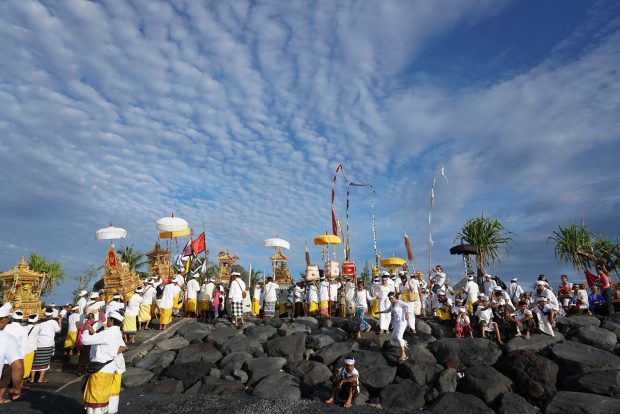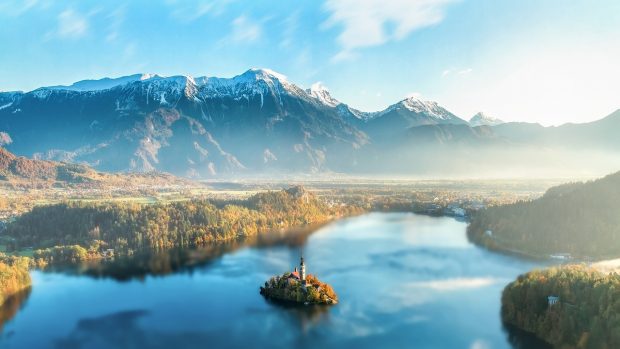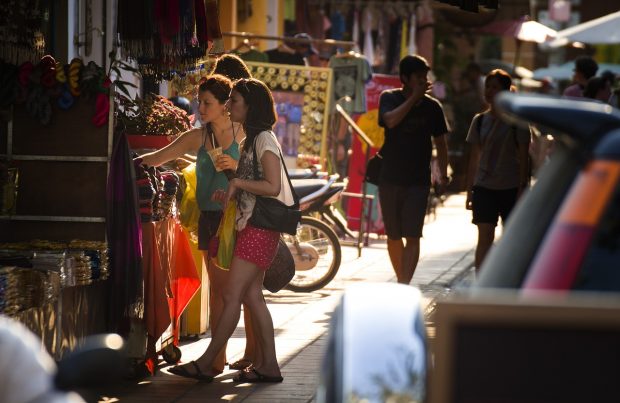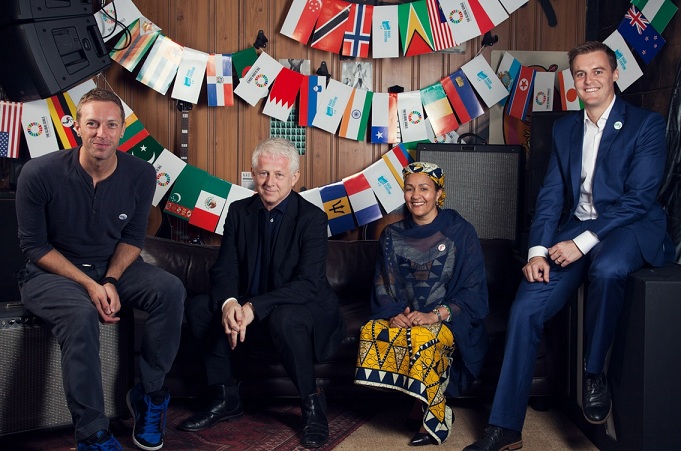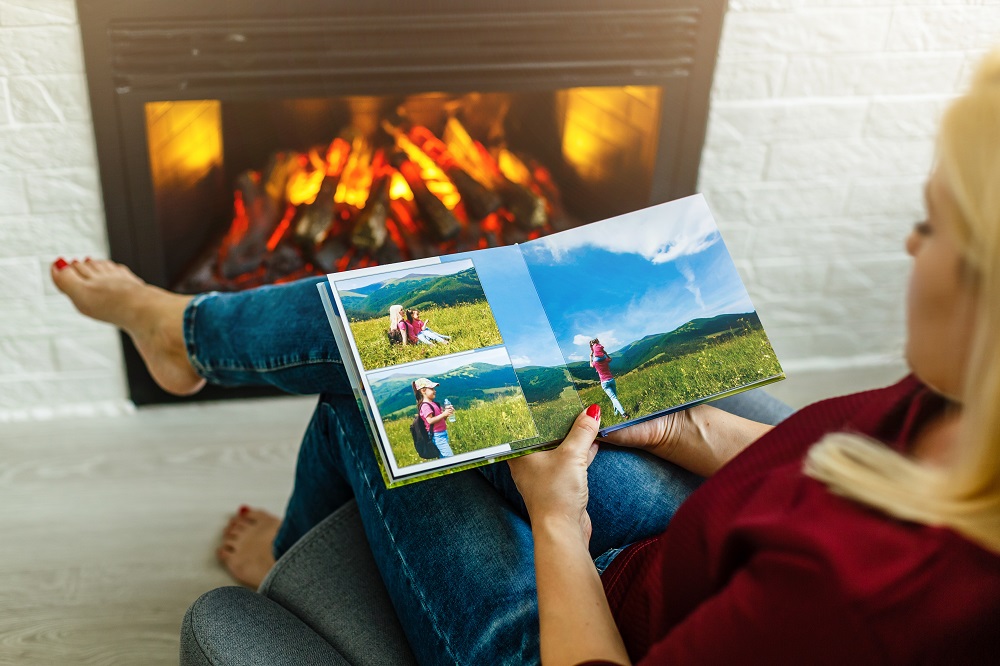One of the golden rules of traveling is to live in the moment, no doubt about it. Sometimes it’s best to simply enjoy your surroundings and throw yourself into exciting activities, without any distractions. However, it’s still well worthwhile documenting your experiences to give yourself some fond memories to look back on in the future. What better way to do so than photography? You’ll thank yourself later for taking the time to capture your surroundings on film (so to speak).
Even if you’re a dab hand with a camera, there are always areas you can improve to document your travels more vividly, not all of which are technical. Whether you’re just planning to fill your personal scrapbook, or establish your own website to share your portfolio with the world, you’ll want your photos to capture the magic of your adventures. In this guide, we reveal some handy tips and tricks for taking your travel photography to the next level.
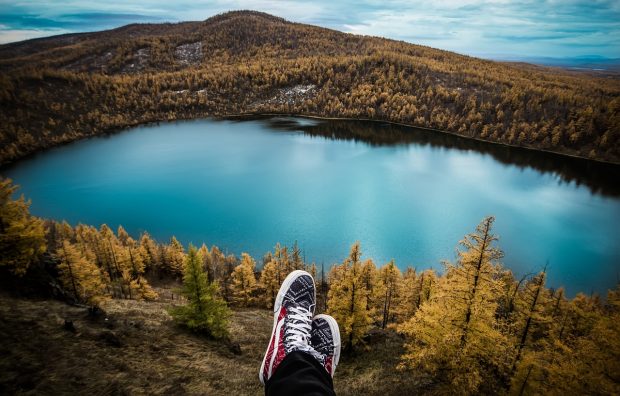
Explore off the beaten track
A large part of creating a truly special portfolio of travel photos is reflecting your unique experiences. While it’s natural to want to document some of the major sites and attractions, over-reliance on the most popular landmarks can end up making your photo album a little generic. The solution? Explore off the beaten track in search of authentic experiences. For example, try taking a day or two to simply wander through your surroundings, without a plan. You’ll find yourself stumbling across hidden gems organically, and hopefully begin to get under the skin of the area – this makes for excellent photographic material. Although it can be tricky sometimes, try your best to mingle with the locals and take advantage of their knowledge; see our article on this for some advice.
Be culturally sensitive
This point doesn’t apply for all travel destinations of course, but be mindful of the fact that not everyone will take kindly to having their photo taken. If you’re not sure whether it’s frowned upon in a certain culture, err on the side of caution and ask before you conspicuously start taking photos. Nevertheless, you can improve your chances of taking some great shots of locals by communicating openly and with respect. People are far more likely to be comfortable with being photographed if you greet them with a smile and your body language is relaxed. Just imagine how you would feel if a stranger sneaked up on you in your hometown and took a photo of you without saying a word!
Use the light wisely
Especially when taking photos in strong sunlight, it’s important to understand that your camera lens won’t necessarily capture what you see with the naked eye. For example, the naked eye will be able to discern the detail and color of an object with the sun directly behind, but a photo will turn out too shadowy. Avoid these angles if possible, but if you really want to, you could try reducing the aperture and selecting a faster shutter speed. Similarly, darker settings such as shadowy back streets will likely appear much gloomier in a photograph – in this case, the exact opposite camera settings are appropriate.
Be mobile
If you are static, your photos will feel static. Landscape shots are a possible exception, but even then it often pays to consider moving to a different vantage point. But for virtually any other kind of shot – action, portraits, or human interest scenes – it’s essential. For example, simply getting closer to your subject can dramatically improve the final product because it allows you to capture more detail and interest in the frame. Never be afraid to experiment your positioning to find the perfect spot.

